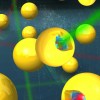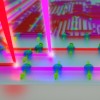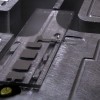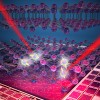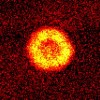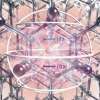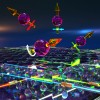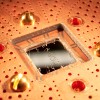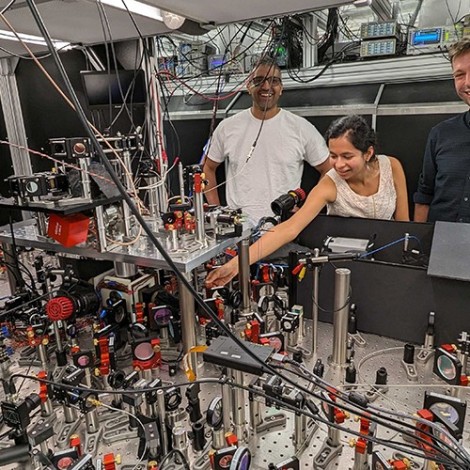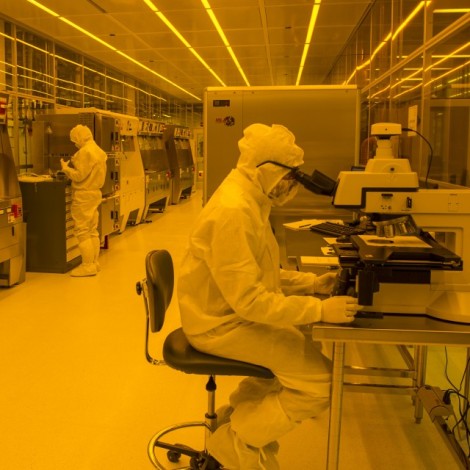Advancing Research, Discovery, and Impact
The Chicago Quantum Exchange advances quantum technology research across a wide range of areas by connecting leading scientists from academia, government labs, and industry; creating on-ramps for new researchers to join the field; and aligning the needs of tech providers, talent, and end users. The potential impacts are significant: sensors that detect the tiniest change in the environment, computers that solve previously unsolvable problems, provably secure networks that communicate over vast distances, and more.
